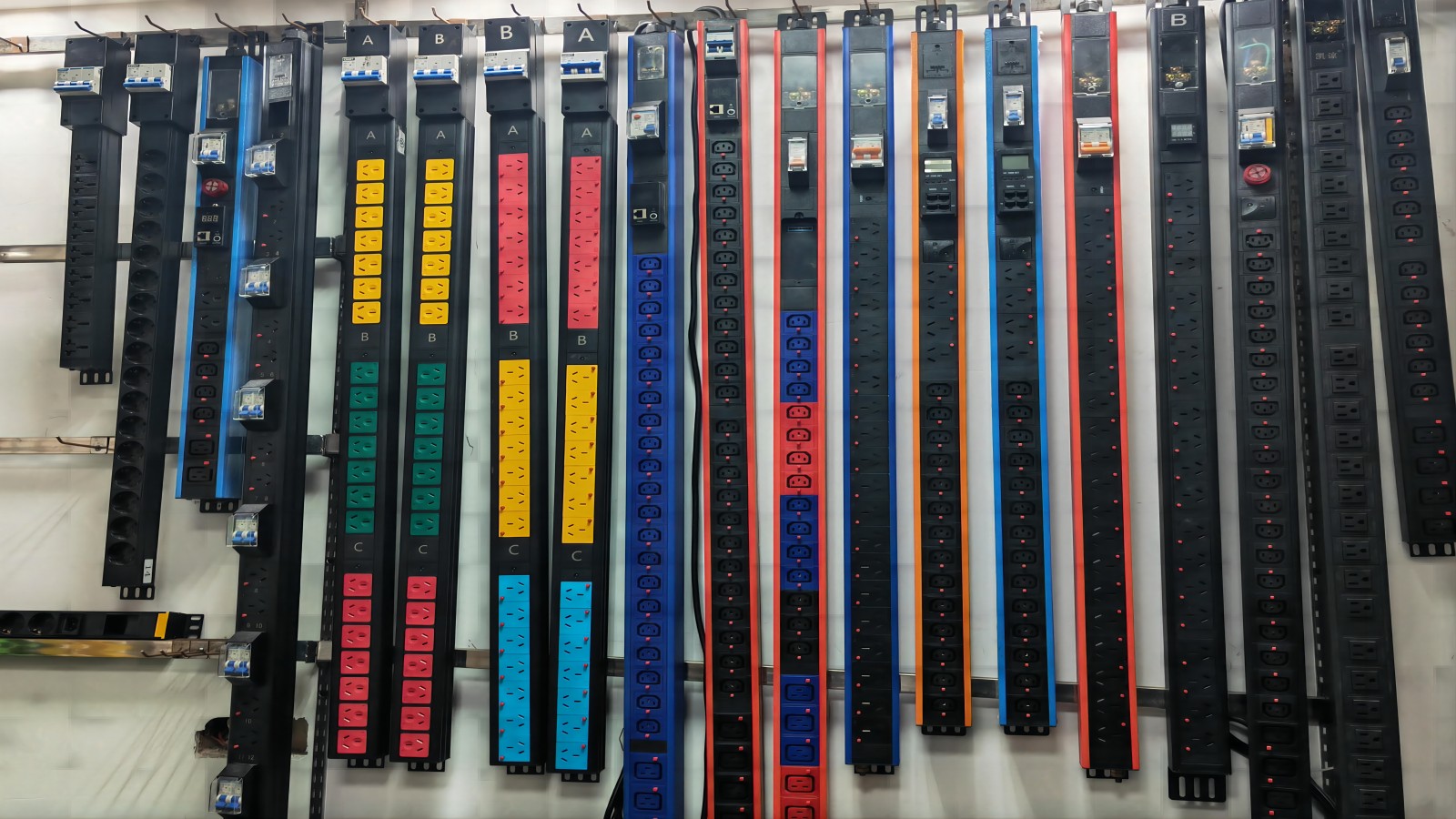
A 240V PDU (Power Distribution Unit) helps you manage power efficiently in home and office setups. It distributes electricity to multiple devices, ensuring reliable performance. Proper installation prevents hazards and boosts efficiency. Options like a Basic PDU, Smart PDU, or Metered PDU offer tailored solutions for your power management needs.
Key Takeaways
- Collect all tools you need before starting. You will need screwdrivers, a drill, a voltage tester, and mounting parts. Being ready helps save time and makes things easier.
- Stay safe by turning off power at the breaker. Use a voltage tester to make sure no electricity is flowing. Wear rubber gloves and keep your workspace dry.
- Make sure your electrical system works with the 240V PDU. Check that you have a circuit just for the PDU to avoid overloading.
Preparing for a 240V PDU Installation
Before starting, gather all the necessary tools and equipment. Having everything ready will save time and ensure a smooth installation process. Here’s a checklist to guide you:
- Screwdrivers: Both flathead and Phillips types.
- Drill: For mounting the PDU securely.
- Voltage Tester: To confirm the power is off before working.
- Wire Strippers: For preparing wires if needed.
- Mounting Hardware: Screws, brackets, or wall anchors.
- User Manual: Specific to your 240V PDU model.
Double-check the list to avoid interruptions during the setup.
Safety Precautions to Ensure a Safe Setup
Safety should always come first when working with electricity. Follow these precautions to protect yourself and your equipment:
- Turn off the power at the circuit breaker before starting.
- Use a voltage tester to verify no current flows through the outlet.
- Wear insulated gloves and rubber-soled shoes for extra protection.
- Keep the work area dry and free of clutter.
- Avoid working alone. Having someone nearby can be helpful in case of emergencies.
Taking these steps minimizes risks and ensures a safe installation.
Understanding Your Electrical System and Compatibility
Understanding your electrical system is crucial for a successful installation. Check if your home or office has a compatible 240V outlet. Most 240V PDUs require a dedicated circuit to handle the load. Inspect the outlet type and ensure it matches the PDU’s plug. If unsure, consult an electrician to confirm compatibility.
Knowing your system’s capacity helps prevent overloading and ensures the PDU operates efficiently.
Step-by-Step Guide to Installing a 240V PDU
Identifying the Right Circuit and Outlet
Start by locating a dedicated 240V circuit in your electrical system. This circuit should match the power requirements of your 240V PDU. Check the outlet type to ensure compatibility with the PDU’s plug. Use a voltage tester to confirm the outlet provides 240 volts. If you’re unsure about the circuit or outlet, consult an electrician for assistance. Choosing the correct circuit prevents overloading and ensures safe operation.
Mounting the 240V PDU Securely
Securely mounting the PDU is essential for stability and safety. Use the mounting brackets or hardware provided with the unit. Position the PDU near the outlet for easy access. Mark the mounting points on the wall or rack, then drill holes for the screws. Attach the PDU using screws or anchors, ensuring it’s level and firmly in place. A well-mounted PDU reduces the risk of damage or accidental disconnection.
Connecting the PDU to the Power Source
Plug the PDU into the 240V outlet. Ensure the connection is tight and secure. Avoid using extension cords, as they can cause power loss or overheating. If the PDU has a power switch, turn it off before connecting. Double-check the plug and outlet for any signs of wear or damage. A proper connection ensures reliable power distribution to your devices.
Testing the Setup for Proper Functionality
After installation, test the PDU to confirm it’s working correctly. Turn on the power at the circuit breaker, then switch on the PDU. Use a voltage tester to check the output at each outlet on the PDU. Plug in a device to verify it receives power. Monitor the PDU for any unusual sounds or overheating. Testing ensures your 240V PDU operates safely and efficiently.
Ensuring Safety and Compliance with a 240V PDU
Adhering to Local Electrical Codes
You must follow local electrical codes when installing a 240V PDU. These codes ensure your setup meets safety standards and reduces the risk of electrical hazards. Check your region’s specific requirements before starting the installation. If you’re unsure about the regulations, consult a licensed electrician. They can guide you through the process and confirm compliance. Ignoring these codes can lead to fines or unsafe conditions, so always prioritize adherence.
Avoiding Overloading and Managing Power Loads
Overloading your PDU can damage your devices and create safety risks. To avoid this, calculate the total power consumption of all connected equipment. Compare this number to the PDU’s maximum load capacity. Spread the load evenly across the outlets to prevent overheating. Use a power monitoring feature, if available, to track usage. Managing power loads effectively ensures your 240V PDU operates efficiently and extends its lifespan.
Using Surge Protection and Proper Grounding
Surge protection shields your devices from voltage spikes caused by power surges. Choose a PDU with built-in surge protection or use an external surge protector. Proper grounding is equally important. It directs excess electricity safely into the ground, preventing shocks or equipment damage. Verify that your outlet is grounded before connecting the PDU. These precautions protect your devices and maintain a safe electrical environment.
Installing a 240V PDU correctly ensures safety and efficiency. Follow each step carefully to avoid mistakes. Prioritize safety by adhering to electrical codes and using proper grounding. A well-installed PDU provides reliable power management, protecting your devices and improving performance. This investment enhances your home or office setup for years to come.
FAQ
What is the difference between a 240V PDU and a regular power strip?
A 240V PDU distributes high-voltage power to multiple devices, while a power strip handles lower voltage and fewer devices. PDUs are designed for professional setups.
Can I install a 240V PDU without an electrician?
You can install it if you understand electrical systems and follow safety guidelines. For complex setups, consult a licensed electrician to ensure compliance.
Tip: Always double-check your electrical system’s compatibility before installation. Safety first! ⚡
How do I know if my PDU is overloaded?
Check the total power consumption of connected devices. If it exceeds the PDU’s capacity, redistribute the load or reduce the number of devices.
Note: Many PDUs have built-in indicators to warn you of overloading. Use them to monitor usage effectively.
Post time: Feb-17-2025







